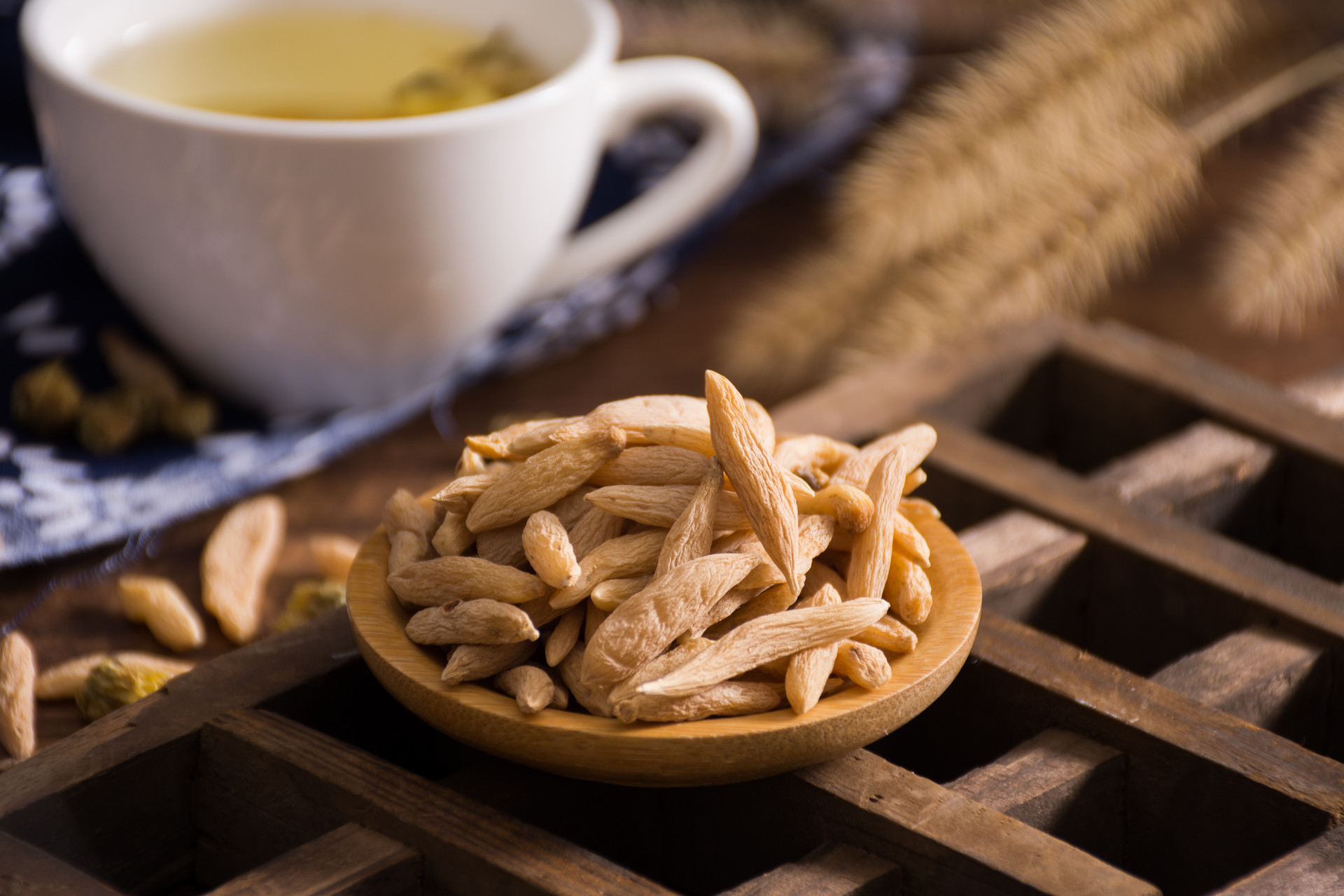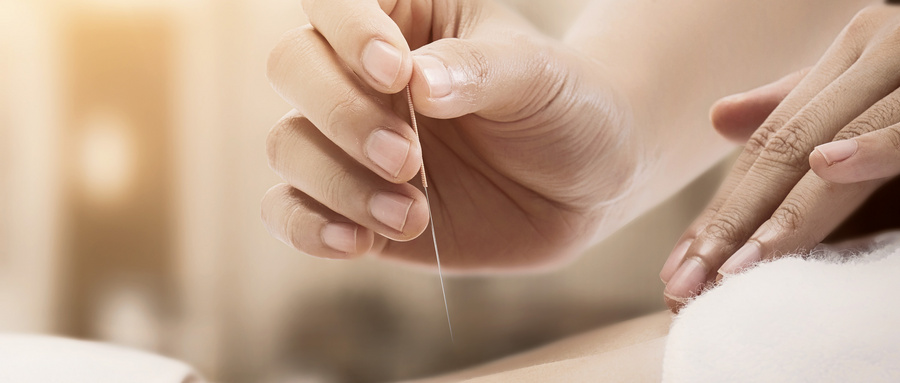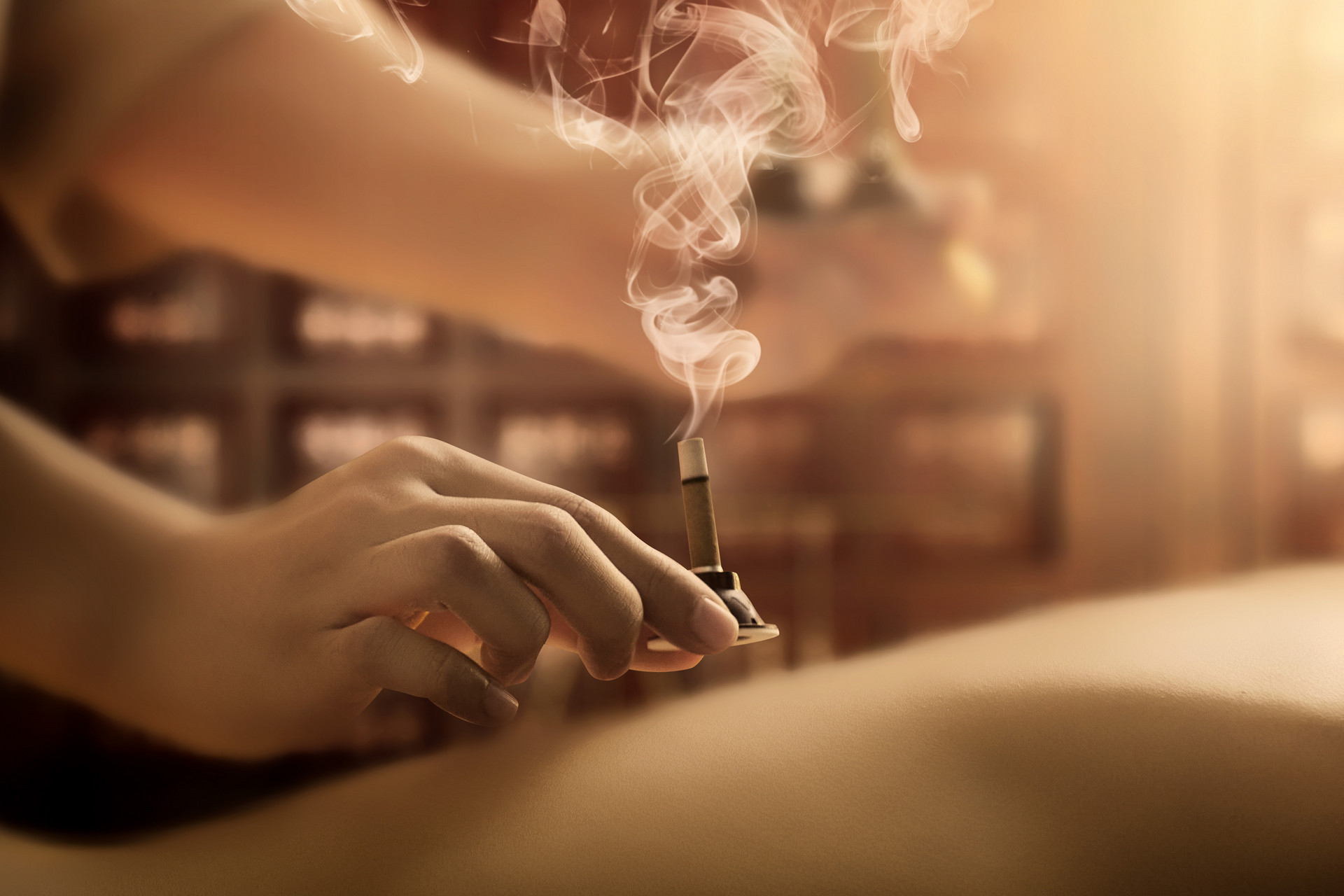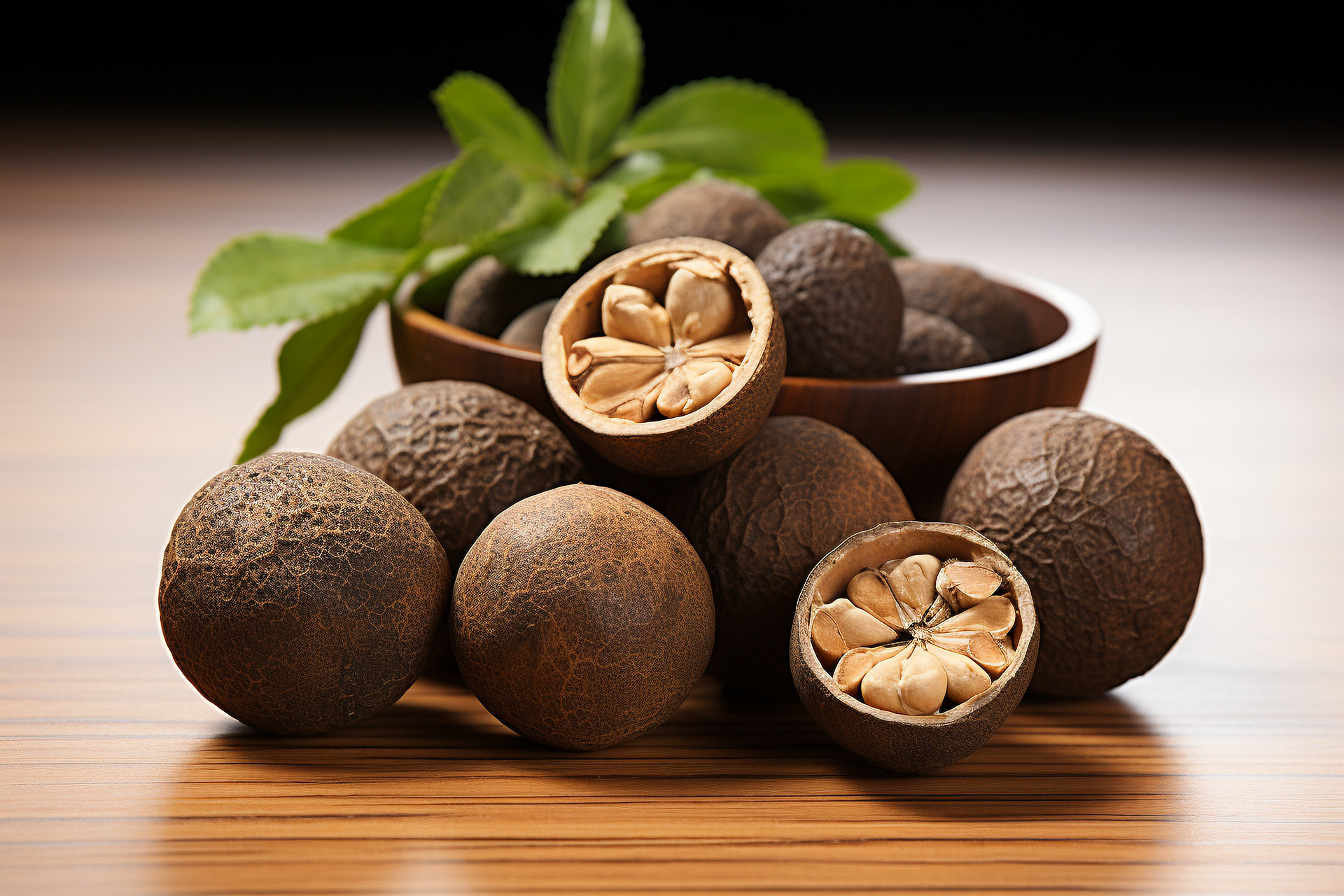Goose Does Not Eat Grass, also known as Eating Coriander, Di Yuansui, and Shi Hu Sui, is warm in nature and has a pungent taste. It has the functions of dispelling wind, dispersing cold, eliminating dampness, removing opacity, and relieving nasal congestion. It is used to treat colds, bronchial asthma, throat obstruction, whooping cough, abdominal pain caused by qi stagnation, amoebic dysentery, malaria, infantile malnutrition, acute and chronic rhinitis, allergic rhinitis, chronic bronchitis, cough with excessive phlegm, and eye irritation and itching. It is worth noting that there is dried whole plant of the Caryophyllaceae plant called Flea Disturbance (also known as Little Innocent Vegetable) in the market pretending to be Goose Does Not Eat Grass, so it should be identified carefully when using.
Genuine Goose Does Not Eat Grass: The dried whole plant is intertwined into clusters, showing grayish-green or brownish color. The stems are slender and branched, with a darker color. The texture is brittle and easily broken. The cross-section is yellowish-white with a white marrow in the center or already formed hollows. The leaves are small and wrinkled, breaking incompletely. The complete leaves are spoon-shaped with 3-5 serrations on the edges, and the veins are not obvious. They are extremely brittle and easily fall apart. The head-like inflorescence is small, spherical, yellow or yellowish-brown. It has a slight fragrance when smelled, but it becomes irritating when smelled for a long time. The taste is bitter and slightly pungent when tasted.
Fake Flea Disturbance: Also known as Ling Ling Cao, Que'er Dan, and Ji Chang Zi Cao, the whole plant has white short hairs. The stems grow in tufts and branch from the root. The lower part lies flat. The leaves are small and round-oval with soft hairs on both sides and fine glandular dots. The umbel inflorescence is sparsely branched at the apex. The bracts and bracteoles are leathery, ovate, and densely covered with soft hairs. The petals are inverted-ovate, white, and entire. The seeds are kidney-shaped, light brown, and densely covered with small wart-like projections. It has no irritating odor when smelled and has a slightly sweet and bitter taste when tasted.
Clinically, when Goose Does Not Eat Grass is ground into fine powder and inhaled through the nostrils, or when a cotton swab soaked in its decoction is twisted and inserted into the nose, it has obvious effects on acute and chronic rhinitis, hypertrophic rhinitis, and allergic rhinitis. Its decoction can be made into syrup to treat whooping cough. When Goose Does Not Eat Grass is ground into powder and decocted with yellow wine and brown sugar, it can be used to treat soft tissue injuries. Although Flea Disturbance can be used as medicine, it does not have the above-mentioned effects of Goose Does Not Eat Grass and therefore cannot be used as a substitute for it.











